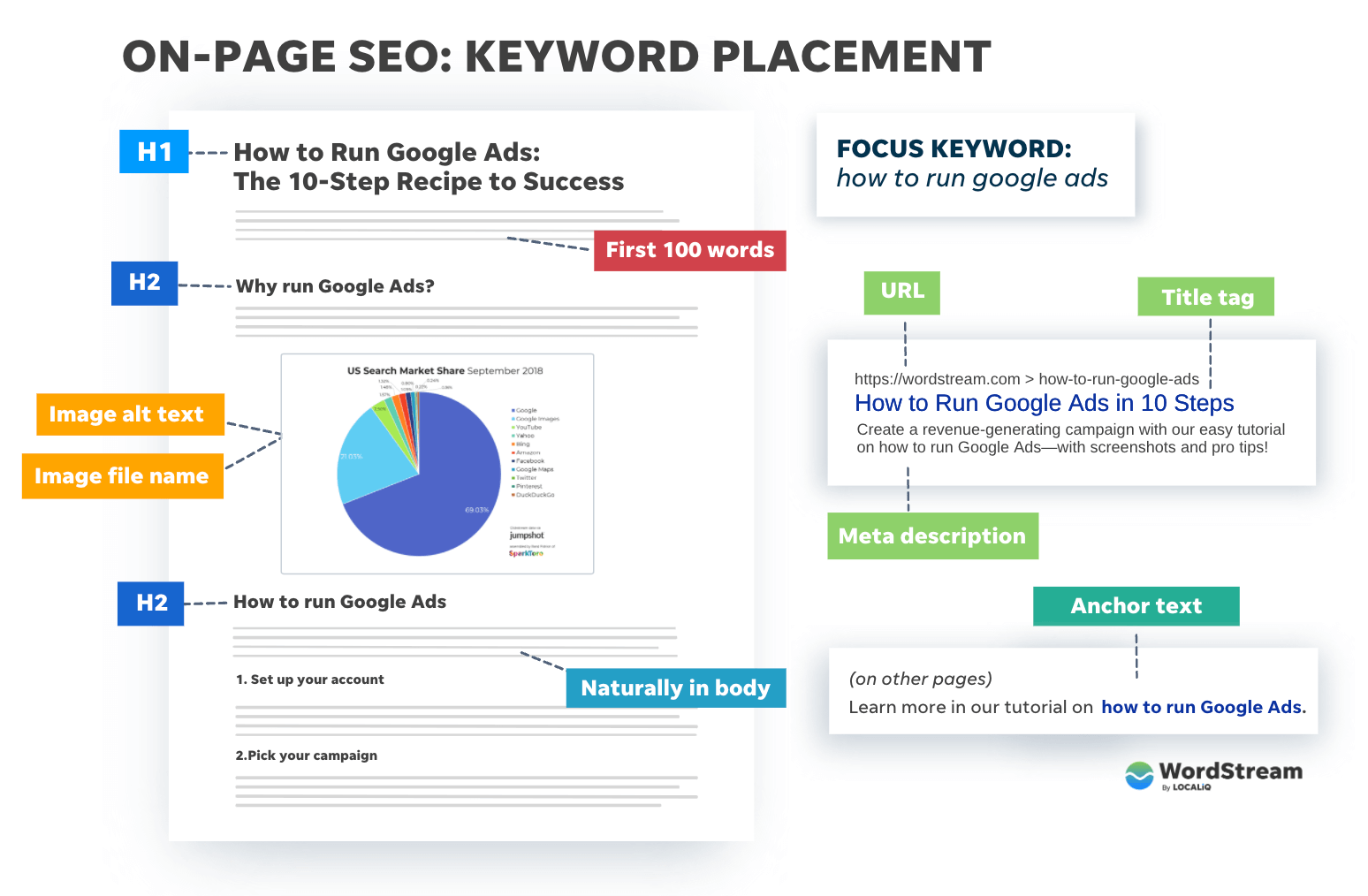Comprehending Secondary Dimensions in Google Analytics: Definition and Strategic Integration
Comprehending Secondary Dimensions in Google Analytics: Definition and Strategic Integration
Blog Article
Introducing the Impact of Secondary Measurement in Google Analytics on Information Analysis and Insights
In the world of data analytics, the application of additional measurements within Google Analytics has emerged as a pivotal device for drawing out much deeper insights and unraveling facility patterns that may or else remain covered. By peeling back the layers of main data collections, additional measurements provide a nuanced perspective that enriches the understanding of customer habits, website efficiency, and the effectiveness of advertising and marketing techniques. However, the true influence and untapped capacity of additional dimensions are commonly underestimated, eclipsed by the attraction of primary metrics. As we navigate through the elaborate landscape of information evaluation, the importance of second measurements becomes progressively evident, losing light on essential details that hold the trick to educated decision-making and strategic optimizations.
Exploring the Concept of Second Dimensions
Secondary measurements in Google Analytics provide added insights by enabling users to assess main data in conjunction with an additional feature. By including additional dimensions, users can dig deeper into the data and discover important connections that might or else go unnoticed - what is a secondary dimension in google analytics.
By checking out the various additional measurements readily available in Google Analytics, users can unlock new understandings and maximize their electronic marketing initiatives. In significance, second dimensions serve as a powerful tool for improving information analysis and driving actionable outcomes.
Enhancing Data Analysis With Second Measurements
Having actually established the foundational understanding of secondary measurements in Google Analytics and their essential function in data evaluation, the emphasis now changes in the direction of leveraging these secondary credit to enhance the analysis of analytics data (what is a secondary dimension in google analytics). By incorporating second dimensions into information analysis, experts can get deeper understandings into customer habits, website efficiency, and advertising effectiveness

Additionally, secondary measurements assist in contextualizing primary information metrics by supplying extra layers of information. This contextualization help in comprehending the 'why' behind the data fads, assisting analysts make educated decisions and optimizations to enhance overall efficiency. Eventually, incorporating second dimensions enriches the information interpretation process, leading to even more significant understandings and calculated actions.
Revealing Hidden Insights With Second Dimensions
Discovering the midsts of analytics data with additional dimensions exposes important understandings that would or else continue to be obscured. By integrating secondary measurements in Google Analytics, services can discover covert patterns, trends, and connections that offer an even more extensive understanding of user habits and website efficiency. These extra layers of data enable analysts to dig much deeper right into the primary measurements, such as traffic sources or touchdown web pages, and get a find out this here much more nuanced perspective on exactly how various variables connect with each other.
With the use of secondary dimensions, experts can section and compare information throughout different dimensions, enabling them to identify details factors that influence individual interaction, conversion rates, and total success metrics. By combining the main measurement of 'tool classification' with the secondary measurement of 'age team,' online marketers can pinpoint which age demographics like accessing the site through mobile gadgets versus desktops.
Leveraging Second Measurements for Actionable Analytics
Building upon the understandings unveiled via secondary measurements in Google Analytics, services can now harness this enriched information landscape to drive workable analytics and strategic decision-making. By leveraging second dimensions, companies can delve much deeper into their data to remove important patterns, fads, and connections that might have previously gone undetected. This deeper level of evaluation enables organizations to acquire an extra comprehensive understanding of customer behavior, campaign efficiency, and overall site performance.
One key benefit of making use of additional measurements for workable analytics is the ability to section information based on particular standards. This division permits companies to customize their campaigns and approaches to different audience groups, bring about extra targeted and reliable marketing initiatives - what is a secondary dimension in google analytics. In addition, secondary measurements give a more holistic sight of customer interactions, enabling services to enhance their internet site web content, layout, and overall user experience
Maximizing Decision-Making With Secondary Dimensions
To improve calculated decision-making in analytics, leveraging additional measurements in Google Analytics can supply a much more nuanced viewpoint on customer actions and project efficiency. By including additional measurements right into data analysis, companies can dig deeper into the specifics of their website visitors' communications and engagement patterns. This additional layer of details permits for an extra thorough understanding of just how various variables, such as demographics, gadgets, or traffic sources, influence vital efficiency signs.

Final Thought
In conclusion, making use of secondary measurements in Google Analytics plays a vital role in boosting data evaluation and uncovering concealed insights. By exploring this principle, one can acquire a much deeper understanding of user actions and make informed choices based upon actionable analytics. Leveraging secondary measurements allows for a more detailed interpretation of data and makes the most of the performance of decision-making processes.

Report this page